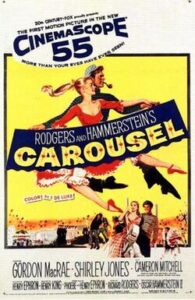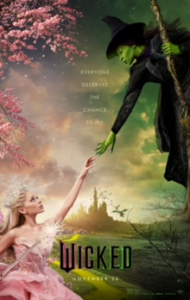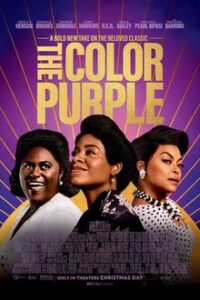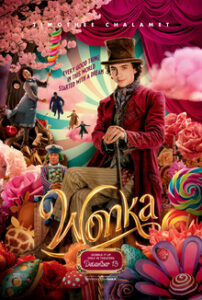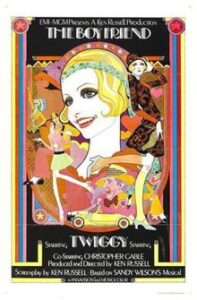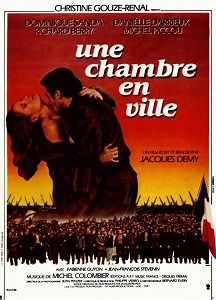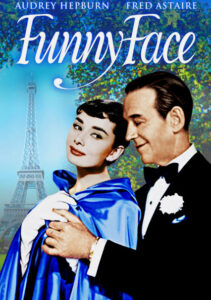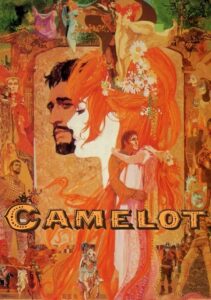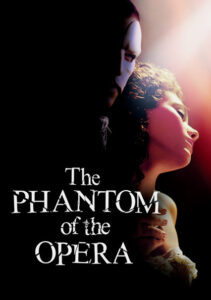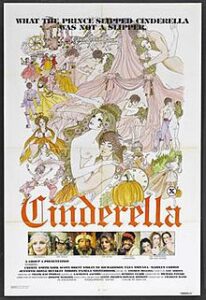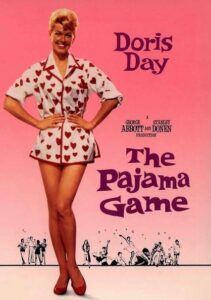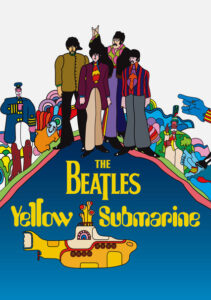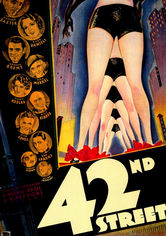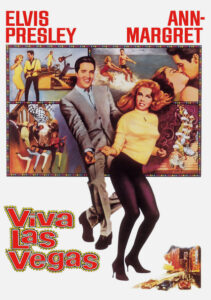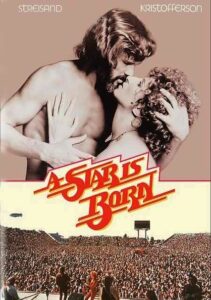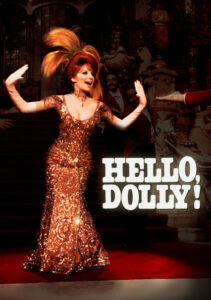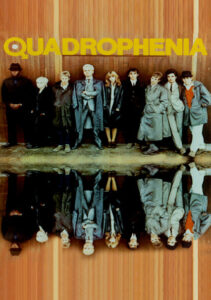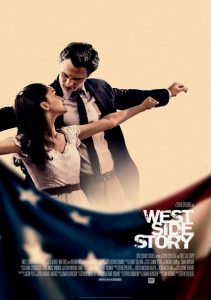Carousel-1956
Director Henry King
Starring Gordon MacRae, Shirley Jones
Scott’s Review #1,486
Reviewed July 27, 2025
Grade: A-
Following the success of Oklahoma! in 1955, Carousel (1956) is similarly based on the lauded Rodgers and Hammerstein stage musical. It is firmly nestled among the myriad musical productions that emerged in the 1940s, 1950s, and into the 1960s in cinema.
Darker in tone, the musical drama bears a strong resemblance to Oklahoma! It swaps the Midwest United States for Northeastern Maine. Clambakes and wattery harbors lend authenticity to the film.
Easily paired with Oklahoma! as a double feature, it even features the same stars—Gordon MacRae and Shirley Jones, who return to star in Carousel. As an aside, the filmmakers originally cast Frank Sinatra, who dropped out, so MacRae was a second choice.
As with the original stage production, the film features some of Rodgers and Hammerstein’s most famous songs, particularly ‘Carousel Waltz’ and the emotional ‘You’ll Never Walk Alone’.
It also features arguably the most serious storyline of all their musicals, incorporating domestic abuse into the fray.
The story follows the romance of Billy Bigelow (MacRae), a charming carousel barker, and Julie Jordan (Shirley Jones), a pretty blue-collar worker from a nearby mill in Boothbay Harbor, Maine.
When the attractive young couple abruptly and reactively gets married, they also both find themselves unemployed and broke, which puts a strain on their relationship.
When Billy finds out that Julie is pregnant, he resorts to extreme measures to get money, a decision that leads to tragedy.
Cleverly, the film is non-linear, as the first scene features Billy in what appears to be Purgatory (or the back door of Heaven), where he is told that he can return to Earth for one day to make amends.
We know that Billy has died after a tragic event, but we do not know the details.
To its credit, Carousel is not a cheery, bombastic musical fraught with over-the-top phoniness or too much glee. The characters are darker, which makes it feel unique to me.
Proof of this is evident in a comparison of MacRae’s and Jones’s characters in Oklahoma! to Carousel. While Laurey (Jones) is a respectable, virginal good girl, Julie plays with fire, assuredly spending time alone with Billy after being warned of the consequences.
Curly McLain (MacRae) is a good-natured cowboy who admires the beautiful morning while riding to see his wholesome crush, Laurey, whereas Billy is a rough-talking, macho brute.
Supporting characters like Carrie (Barbara Ruick), Jigger (Cameron Mitchell), and Cousin Nettie (Claramae Turner) are fantastic additions, especially Turner, as she brings down the house with ‘You’ll Never Walk Alone’.
Still, I yearned for a bit more substance to their characters. What makes them tick? Are they fulfilled?
A final highlight is the amazing fantasy musical song and dance number that appears towards the finale. As Billy’s teenage daughter, Louise (Susan Luckey), dances amongst her classmates, she is mocked for her father’s reputation and shortcomings.
She writhes around them in a deliciously choreographed sequence that builds tension and kickstarts the action.
Unlike Curly, I found Billy difficult to like, though the character is softened considerably by the end of the film. He’s honestly a dick through most of the story, hitting Julie, and plotting ways to find fortune at the expense of others.
To make matters worse, he also slaps his own daughter’s hand when he comes down from Purgatory to see her. Are we expected to like him?
Despite the two aforementioned powerful musical numbers, the other songs don’t carry through as much or are nearly as memorable.
For much of the running time, until the great build with Louise’s musical number, there is a slowness to the events. Whereas Oklahoma! has it all, something is missing from Carousel, and the pacing isn’t as fine-tuned.
Nonetheless, I adore the summery New England setting with the authentic location sequences and attention to detail. The darkness and edgy religious-themed trimmings combined with two homerun hitting musical numbers are enough to make me a fan of Carousel (1956).
